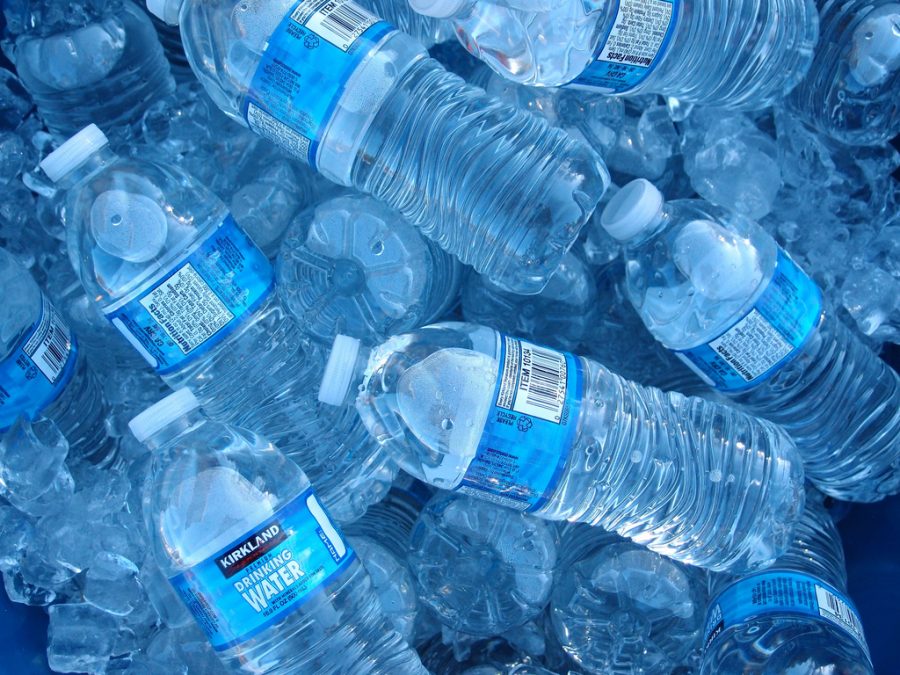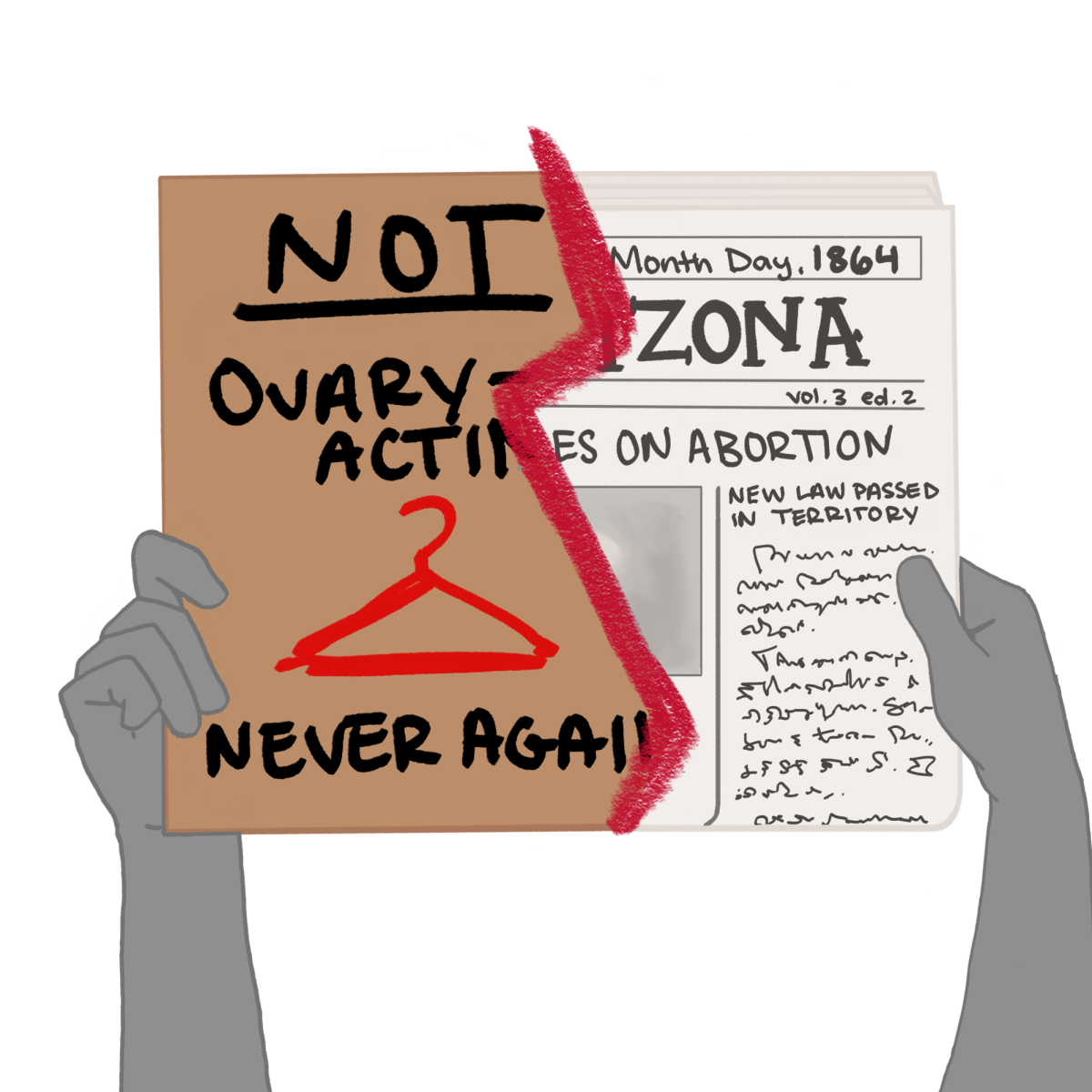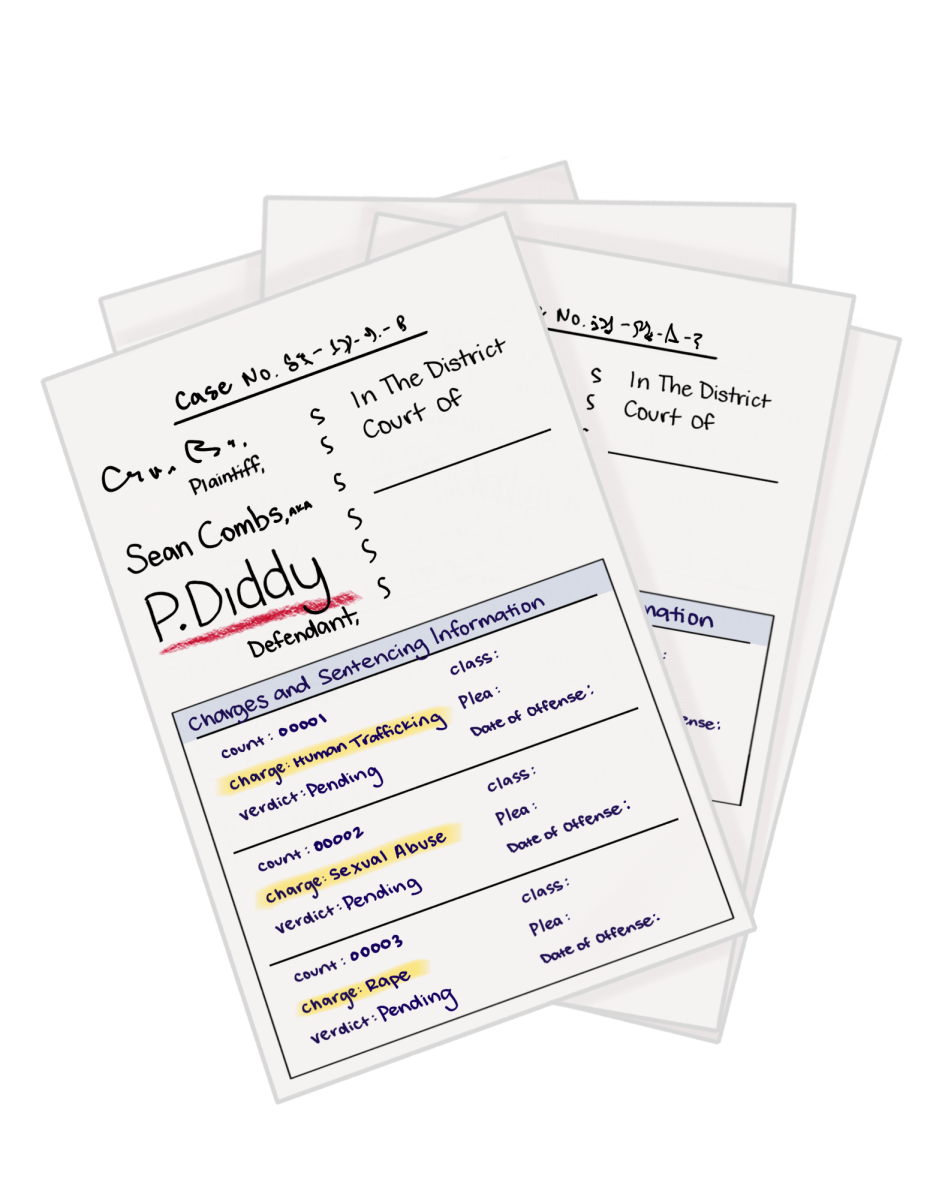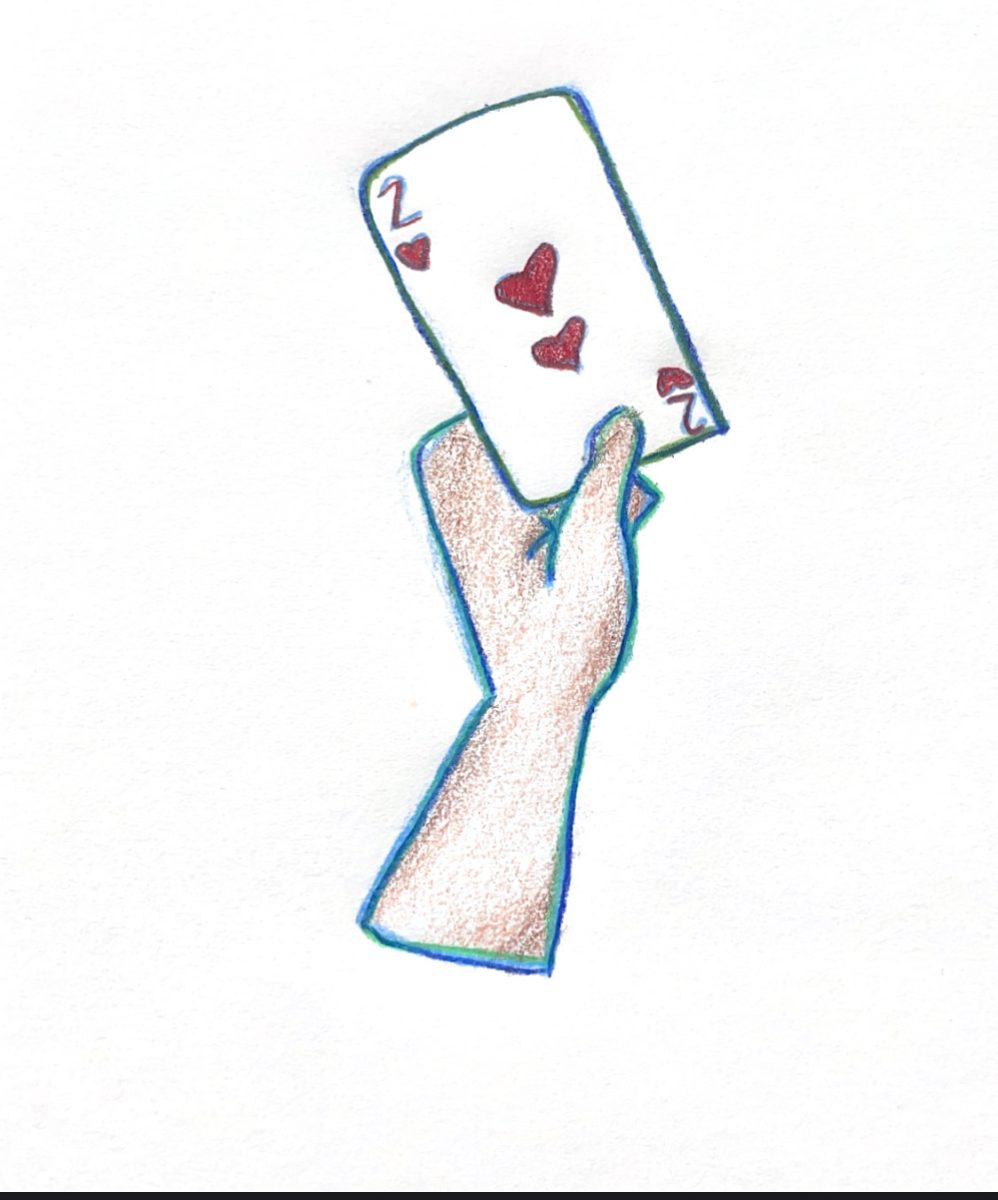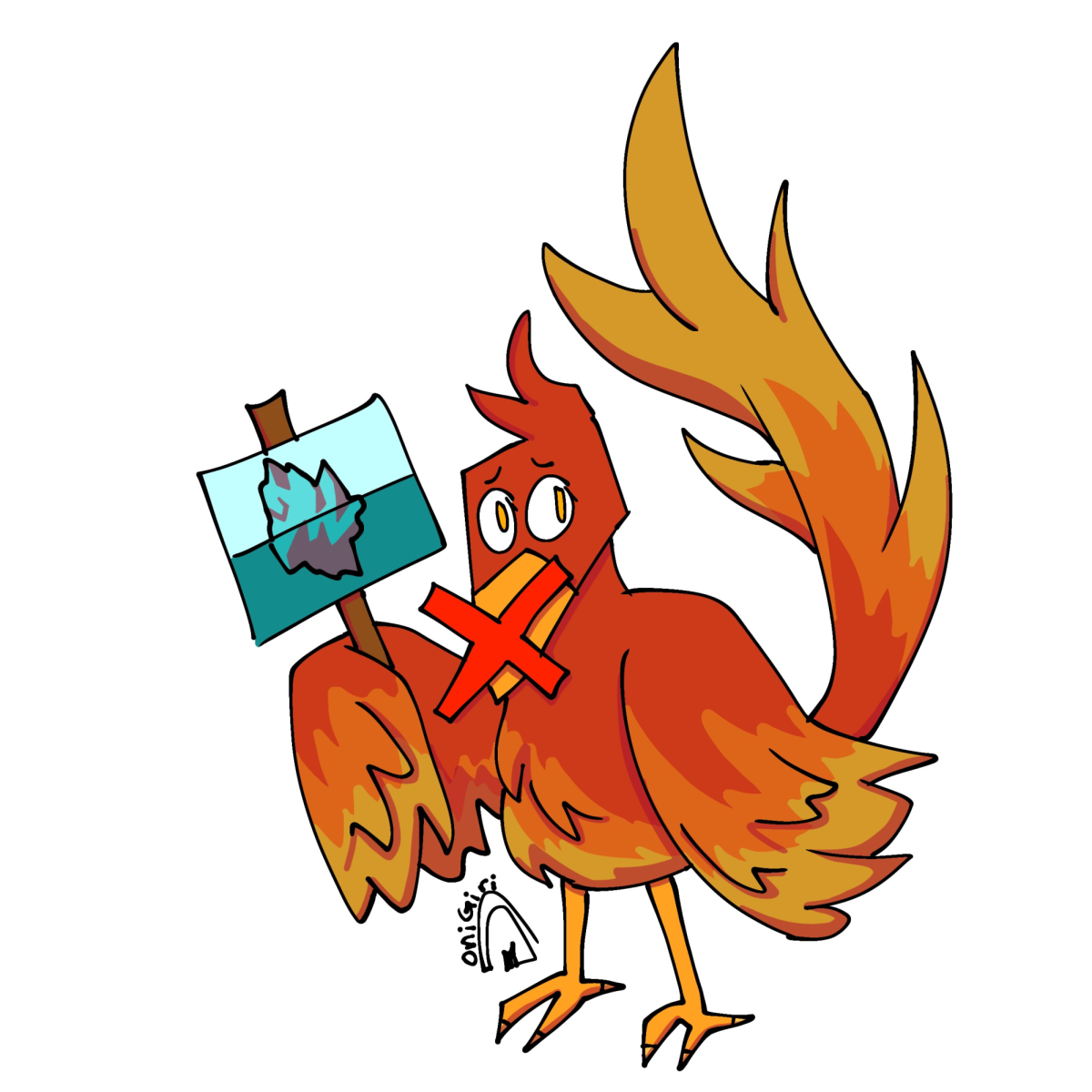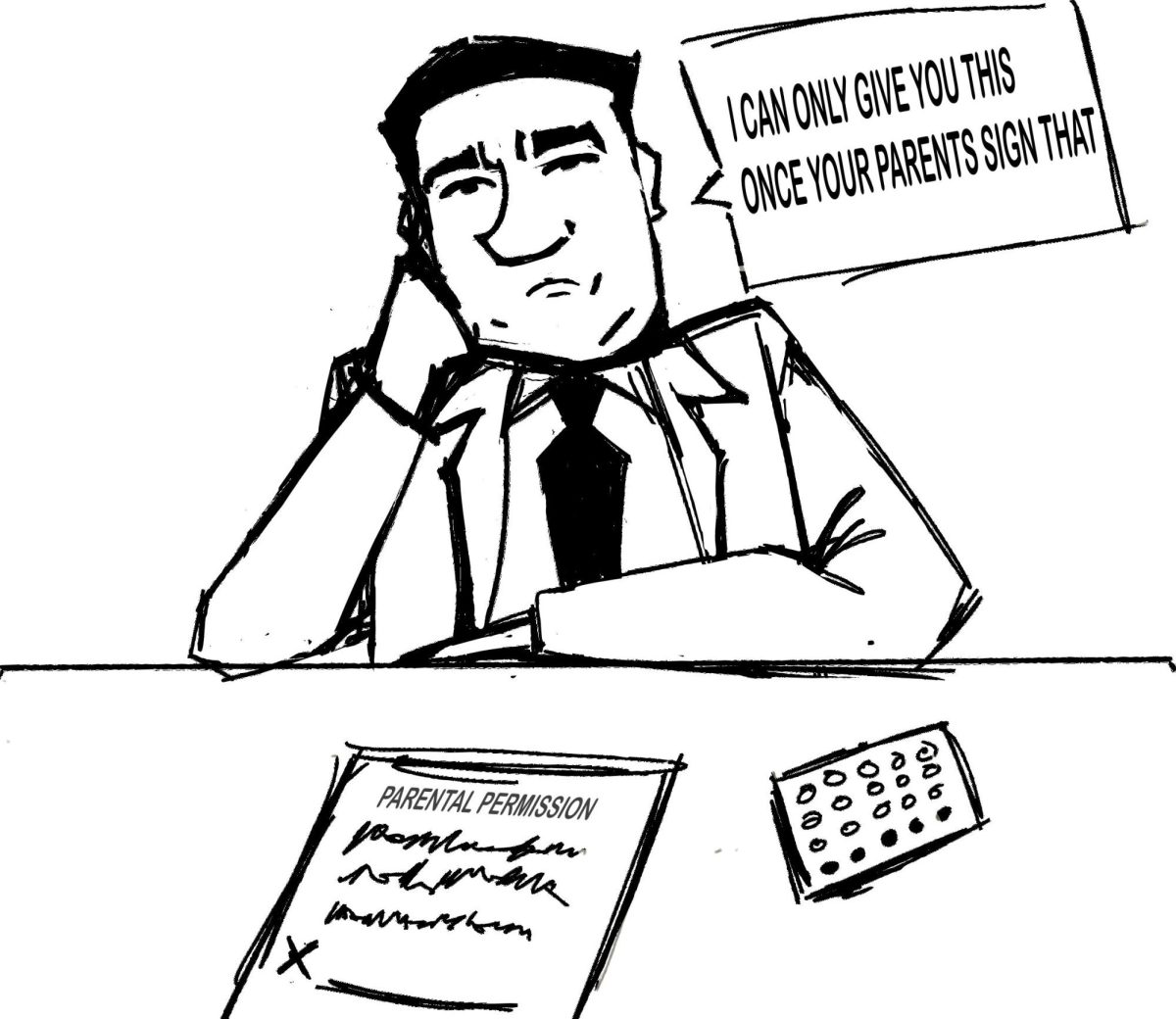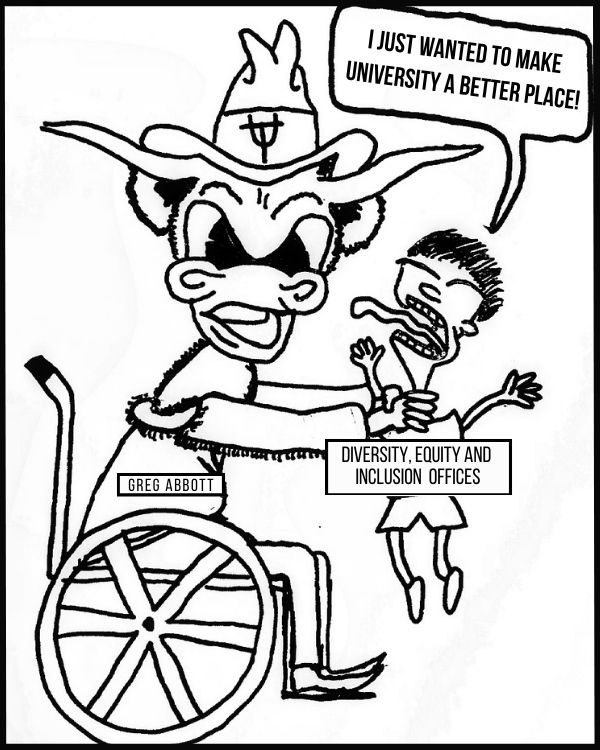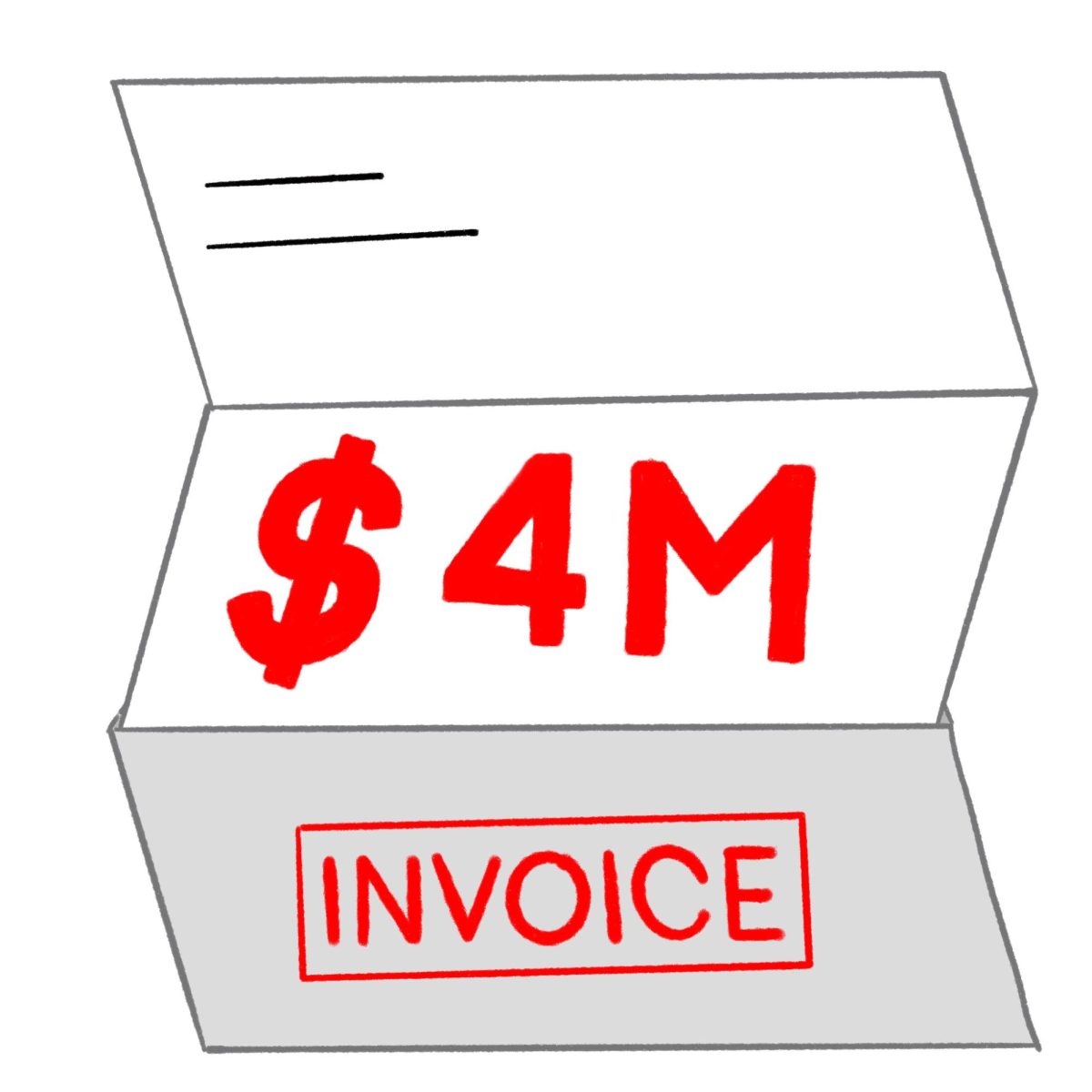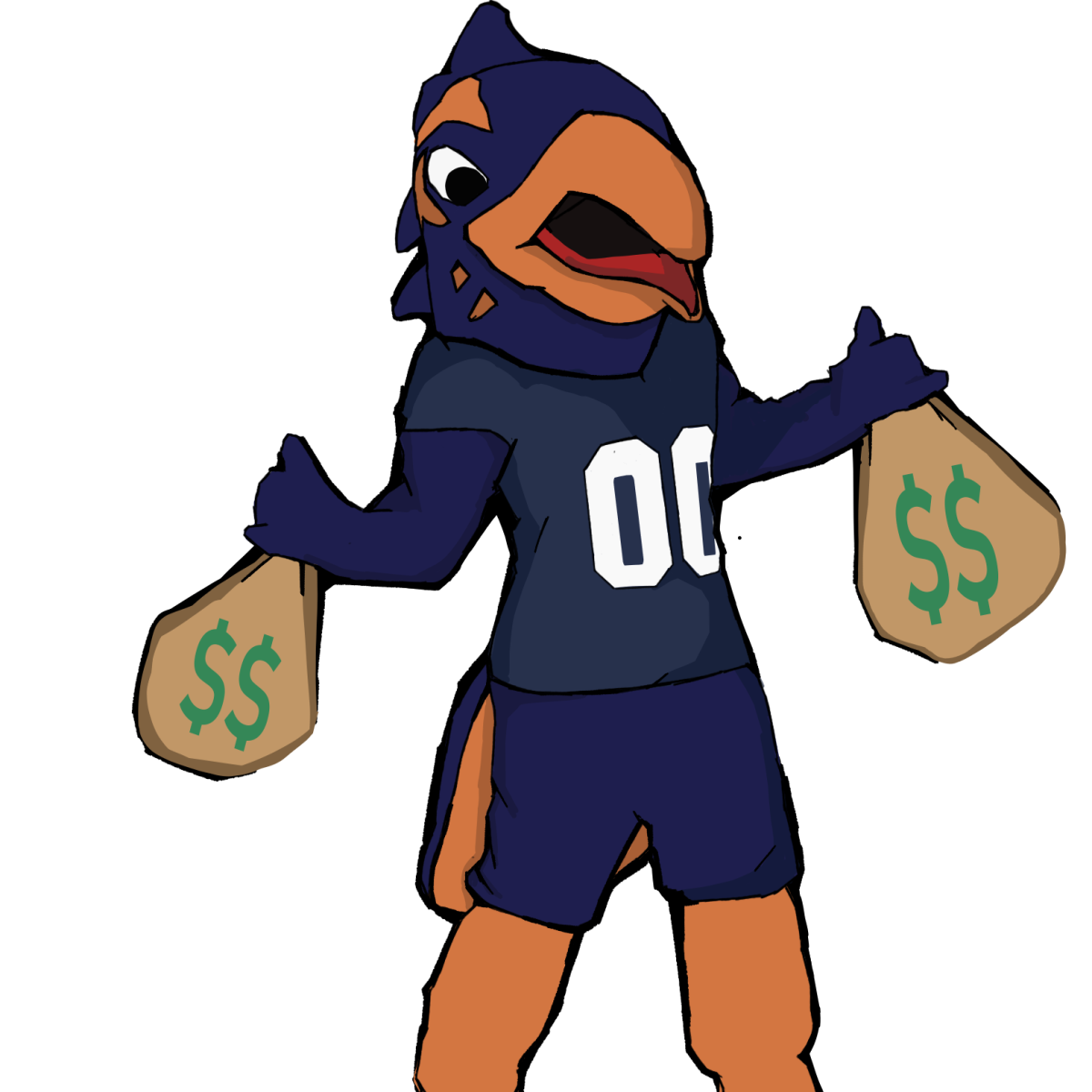We don’t know how Dr. Robert Gibbons, M.D., survived past 20-years-old. Gibbons stated that while he was in college, he never carried a water bottle to class. He noticed that many of us had plastic water bottles and questioned why we brought them to class. Students said bottled water is cleaner, tastes better and is convenient. He encouraged us to research these reasons and consider the real cost of bottled water besides the price we pay for it; He helped us plan a way to estimate the purchase price of bottled water versus other beverages at UTSA.
While various numbers can be found, the general facts are sound: Americans spend $16 billion a year on bottled water. Bottled water consumption increases by approximately 10 percent each year. The manufacturing, processing, transportation and cooling of America’s 50 billion water bottles per year requires 30 to 50 million barrels of oil each year. Bottled water actually requires two to three times more water to produce than what ends up in the bottle. Only 25 percent of water bottles are recycled, sending 38 billion bottles to landfills, and the recycling process requires further use of energy and water.
Most bottled water initially comes from the local municipal water supply. This may be a good thing. Tap water is tested multiple times a day by the EPA, and the FDA tests bottled water weekly. After bottled water is “purified,” some trace minerals are added back because people find pure water can taste flat. As a side note, tap water has more trace minerals that are beneficial for us.
Bottled water is outrageously expensive. A 20-ounce bottle of Aquafina at UTSA costs $1.79. The hottest seller, LIFEWTR, costs $2.50 a liter. Of course, with this purchase you also get “premium bottled water” and spotlights of emerging artists — the most important things for your water needs. Keeping track of how much you spend on bottled water may be illuminating. Depending on how bottled water is purchased (bulk or single purchase) its dollar-cost ratio to tap water runs from 400-4000 (single purchase at UTSA is probably greater than 4000).
Part of the bottled water craze is probably related to the erroneous concept that you need eight glasses of water a day. There is no scientific evidence for this; obviously this would vary by body size and activities being done. Websites encouraging this are often ultimately supported by bottled water manufacturers.
We discovered that several taste tests have been done. Tap water often scored very well, even being preferred over bottled water. Convenience could be an issue, and drinking fountains are becoming less common (not surprising given the rise of bottled water consumption).
In our bottled water survey conducted at UTSA, we divided our four classes to cover different zones of the Main Campus. We assessed what percentage of the available beverages were bottled water. In seven PODS we found 20 percent to be bottled water. And in 67 vending machines, we found 22 percent of the offered beverages to be bottled water.
Unfortunately, as Gibbons taught us, facts rarely change behavior or opinions. Persuasion and a change in mindset tend to require an emotional response. It’s interesting that costs and concerns for the environment have not slowed or stopped the use of bottled water.






